Government Initiatives and Funding
Government initiatives aimed at improving transportation infrastructure are significantly influencing the RFID Electronic Toll Collection System Market. Various governments are investing in advanced toll collection technologies to enhance traffic management and reduce congestion. Funding programs and grants are being allocated to support the implementation of RFID systems, which are seen as a means to modernize tolling operations. For instance, several regions have reported increased budgets for transportation projects that include RFID technology as a key component. This governmental support not only accelerates the adoption of RFID systems but also fosters collaboration between public and private sectors, creating a conducive environment for innovation and growth within the RFID Electronic Toll Collection System Market.
Growing Awareness of Environmental Impact
There is a growing awareness of the environmental impact of transportation systems, which is influencing the RFID Electronic Toll Collection System Market. As concerns about carbon emissions and air quality rise, stakeholders are increasingly looking for solutions that promote sustainability. RFID systems contribute to this goal by facilitating smoother traffic flow, which can lead to reduced vehicle emissions. Studies have shown that efficient toll collection can decrease idle times at toll booths, thereby lowering the overall carbon footprint of transportation networks. This shift towards environmentally friendly practices is prompting governments and private entities to invest in RFID technology as part of their sustainability initiatives. The RFID Electronic Toll Collection System Market is likely to see increased demand as more organizations prioritize eco-friendly solutions in their operations.
Rising Urbanization and Traffic Congestion
The ongoing trend of urbanization is contributing to the growth of the RFID Electronic Toll Collection System Market. As urban populations swell, traffic congestion has become a pressing issue in many metropolitan areas. RFID technology offers a viable solution to manage this congestion by facilitating faster toll collection and reducing bottlenecks at toll plazas. Data indicates that cities implementing RFID systems have observed a notable decrease in traffic delays, enhancing overall mobility. This trend suggests that as urban areas continue to expand, the demand for efficient toll collection systems will likely increase, further driving the adoption of RFID technology in the transportation sector. The RFID Electronic Toll Collection System Market stands to benefit from this urbanization trend, as municipalities seek effective solutions to manage growing traffic volumes.
Technological Advancements in RFID Systems
Technological advancements in RFID systems are propelling the RFID Electronic Toll Collection System Market forward. Innovations such as improved read ranges, enhanced data processing capabilities, and integration with mobile applications are making RFID systems more efficient and user-friendly. These advancements not only enhance the accuracy of toll collection but also provide valuable data analytics for traffic management. The market is witnessing the introduction of next-generation RFID tags that offer better performance in various environmental conditions. As technology continues to evolve, the potential for RFID systems to integrate with other smart transportation solutions increases, suggesting a promising future for the RFID Electronic Toll Collection System Market. This continuous innovation is likely to attract more stakeholders and investment, further solidifying the market's growth trajectory.
Increased Demand for Contactless Payment Solutions
The RFID Electronic Toll Collection System Market is experiencing a surge in demand for contactless payment solutions. As consumers increasingly prefer seamless and efficient payment methods, the adoption of RFID technology in toll collection systems has become more prevalent. This shift is driven by the need for reduced wait times at toll booths and enhanced user convenience. According to recent data, the market for contactless payment systems is projected to grow significantly, with RFID technology playing a crucial role in this transformation. The integration of RFID systems not only streamlines the payment process but also minimizes cash handling, thereby reducing operational costs for toll operators. This trend indicates a broader movement towards digital payment solutions, positioning the RFID Electronic Toll Collection System Market favorably for future growth.


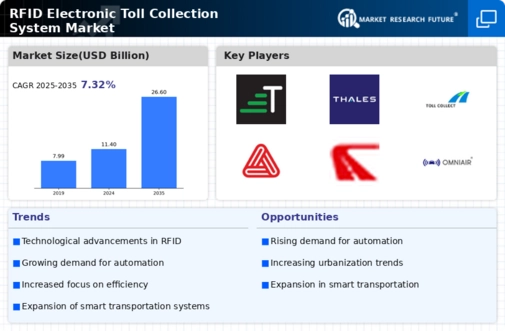
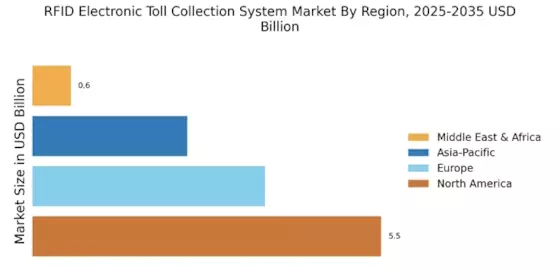
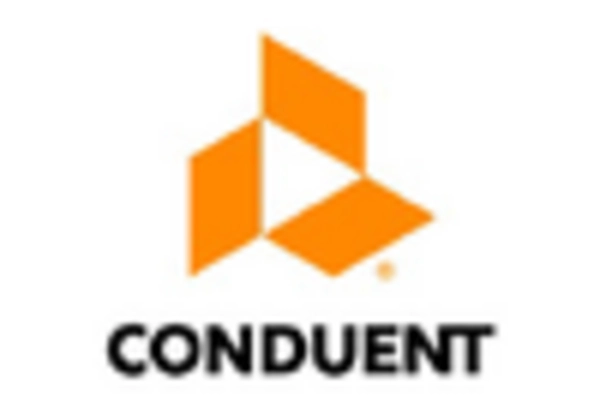

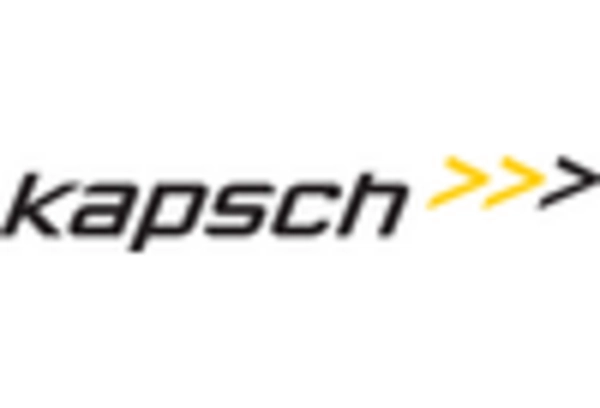


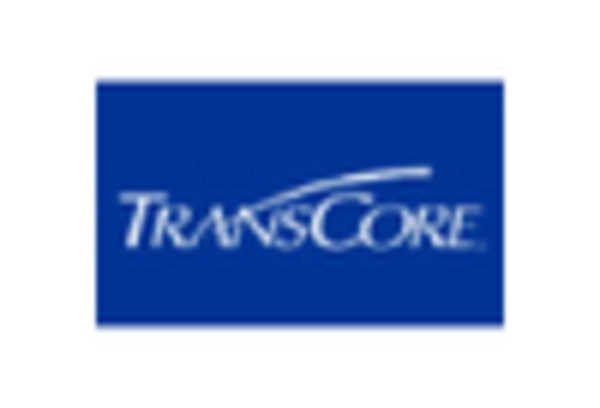








Leave a Comment